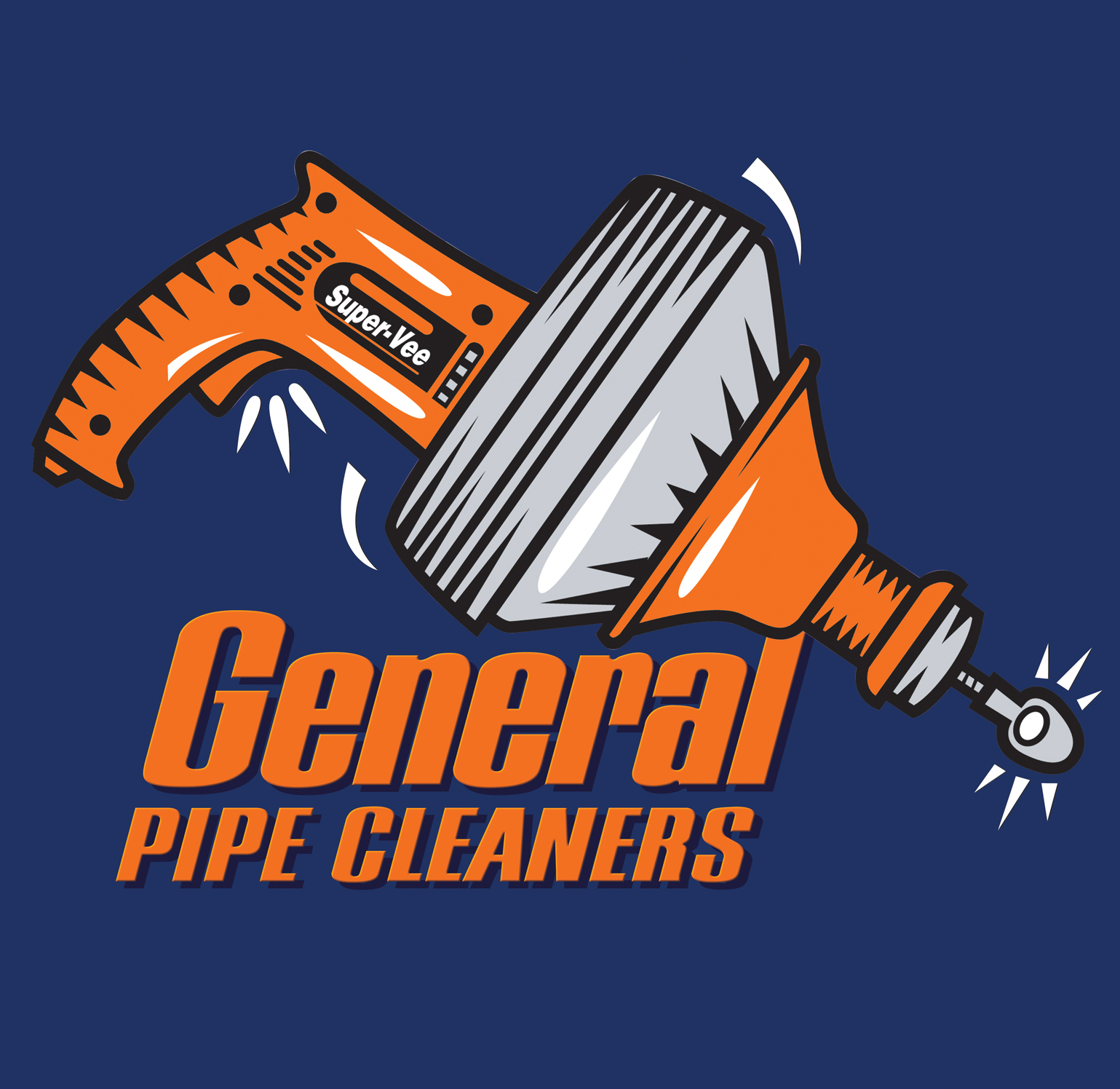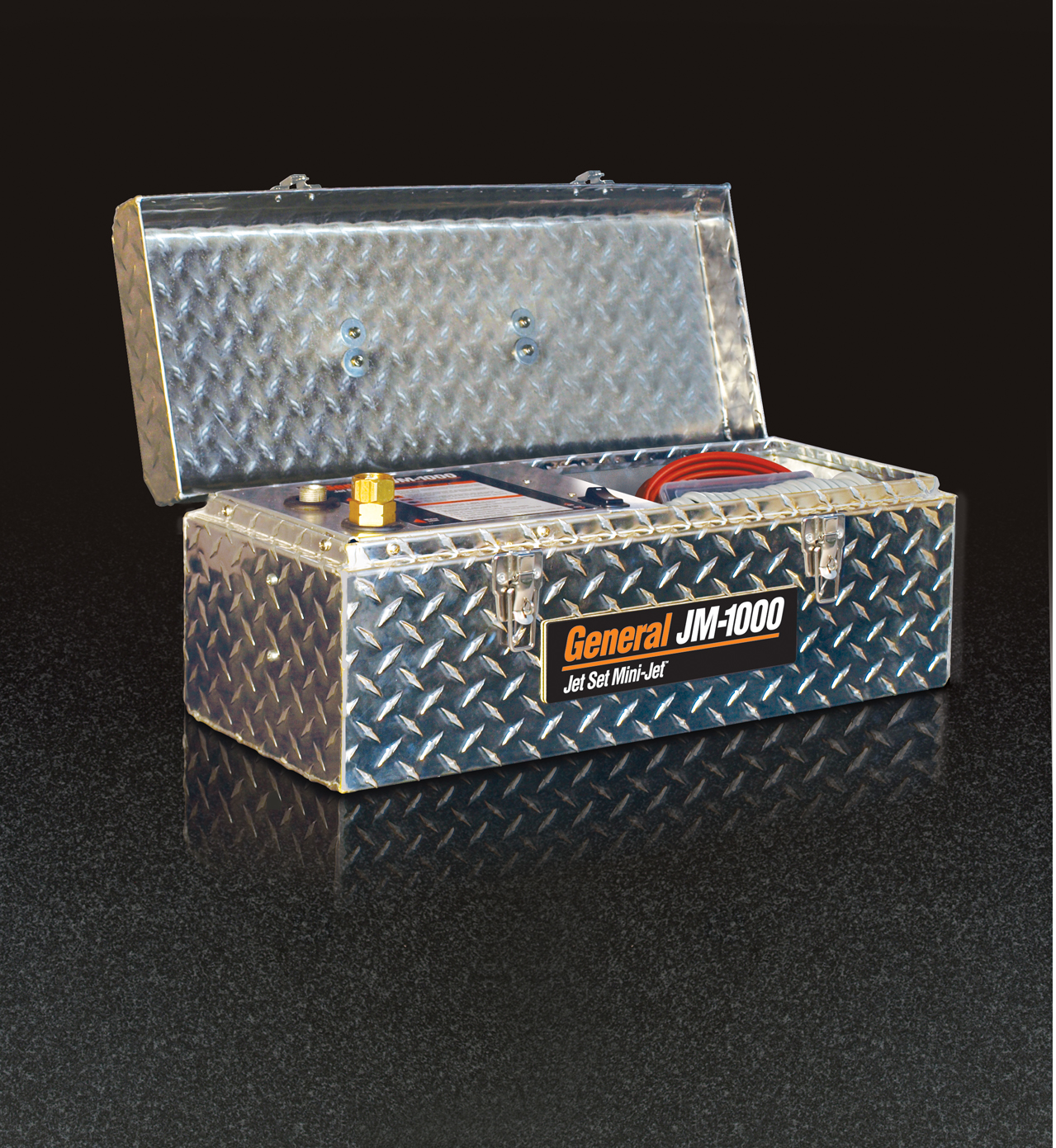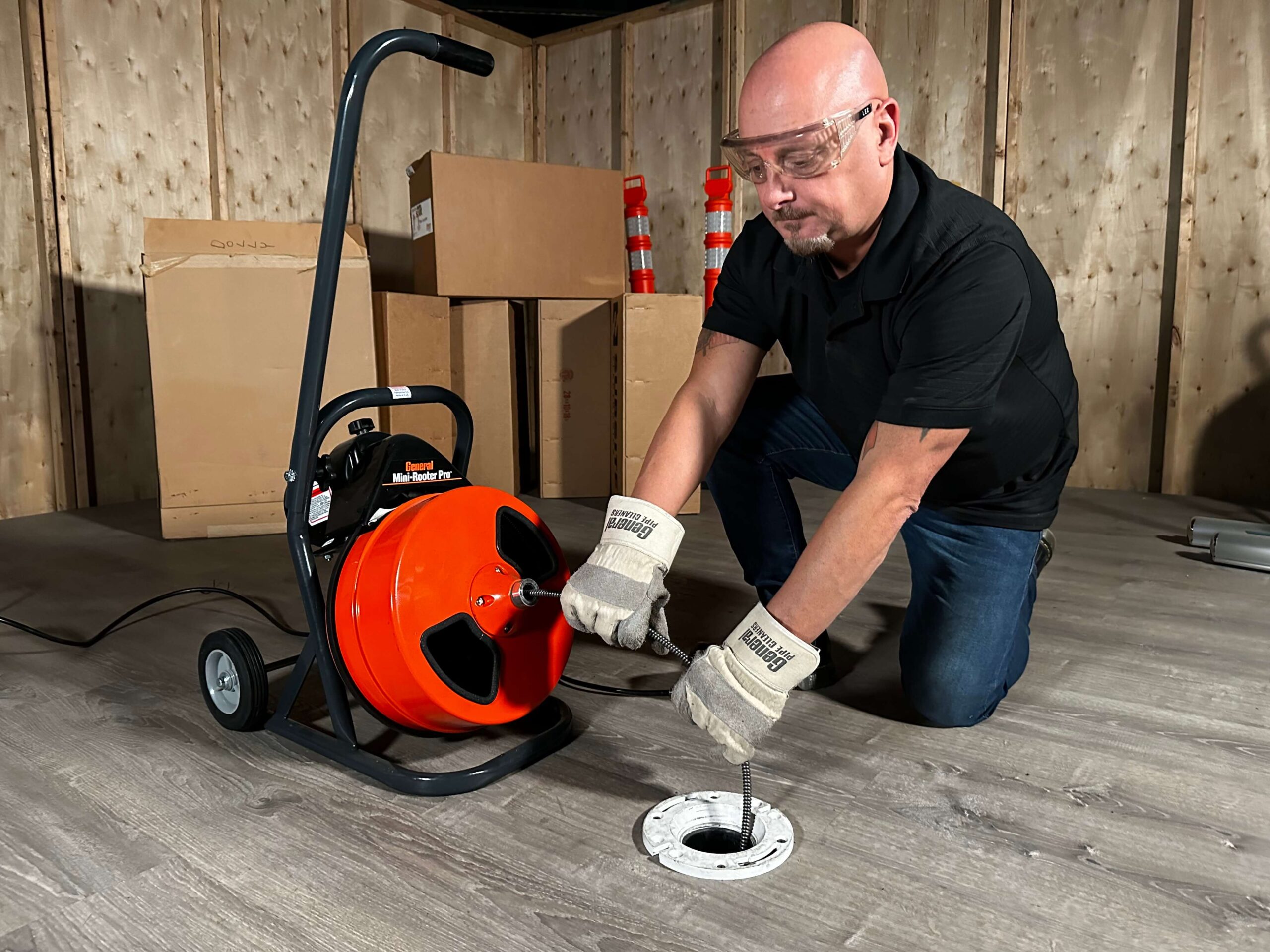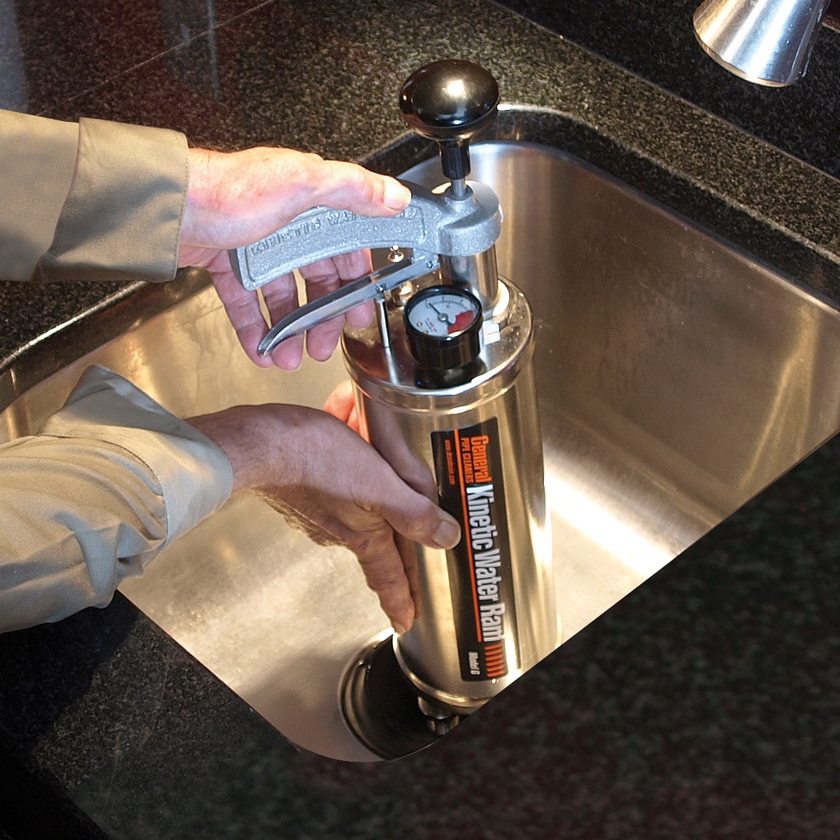
We don’t accord the modest flush toilet much thought or gratitude, but it is the visible portion of the most important public health invention in history. Without an effective way of separating our waste from our fresh water supply, we would still be living in a time of cholera, dysentery, typhus and a multitude of other plagues.
As the old poster that I’ve seen displayed in countless plumbing shops and wholesalers states so eloquently, “The Plumber Protects the Health of the Nation!”
And all of this seems to be a fairly recent development. Those of us old enough to remember outhouses, honey dippers and frightening tales of ‘night soil’ might regard indoor plumbing in general and flush toilets in particular to be relatively late developments in civilization’s upward march. After all, homes in the US weren’t routinely constructed with an indoor flush toilet until the late 19th and early 20th century. But, it turns out that indoor flush toilets, along with their attendant challenges, are far older than we imagine.
The oldest modern-style civilization that archeologists know about is the mysterious Indus Valley Civilization, which flourished in what is now Pakistan and India from approximately 5 thousand to 2800 years ago. Although researchers have yet to decipher their language, this civilization is noted for both its construction techniques (buildings made of baked clay bricks…similar to our own!) as well as their sophisticated hydraulic and drainage systems. Every city had a fresh water supply, and most houses were connected to a sewage system that included indoor flush toilets. While historians can only speculate about the availability of conveniences like toilet paper, tidy bowl and scrubbing bubbles in the ancient world, we can be reasonably certain that ancient sewers had the same problems as modern ones. Then as now, only a handful of issues darken a drain cleaner’s day:
Overuse/overloading.
Host a dozen or so revelers in a house meant for a single family over a holiday weekend and you’re pushing your luck. Today, we would run an electric snake (invented by Samuel Blanc in 1933) down the drain to get everything moving again. In ancient times, sewer snake probably had a totally different meaning…think cobra!
While they certainly did not have modern tools at their disposal, we can only speculate how these ancient plumbers and contractors plied their craft. Perhaps they built more ‘clean outs’ into their designs, perhaps they had tools so different in design and application from today’s that we would not recognize them as drain cleaning tools. Regardless, they managed to get the job done for thousands of years!
Foreign objects.
Indus Valley children probably had the same propensity as modern kids to flush toys down the drain, and I’m sure that the results smelled the same. Today’s contractor would likely begin with a closet auger, and then move on to an electric snake to either snag the object or push it into a larger pipe. Assuming that metallurgy in the Indus Valley had not reached the level where closet augers or sewer cables were readily available, they perhaps used the ancient equivalent flat rods made of metal, wood or raw-hide to batter the objects further down the pipe.
Dip in pipe.
Drainage systems are driven by gravity. In today’s world, pipes slope an inch every 8 feet, which is enough slope to keep liquids moving in the right direction. Assuming that Indus Valley pipes were approximately the same in design and function, they would fall victim to the same problems when subsidence, earthquakes and other physical damage changed the pitch of the drain. Modern drain specialists would use pipe inspection video devices and pipe locators (which came on the scene in the mid-1990s) to visually determine the extent of the dip, and then make a ‘surgical’ repair, either digging up the affected area or doing a pipe bursting/replacement job. In ancient times the only option would be to dig up and replace the entire pipe.
Root incursion/break in pipe.
Roots tend to be the test of a drain-cleaner’s mettle. In today’s world the tool of choice would be the electric sewer snake, armed with a healthy dose of patience and an arsenal of serrated cutting heads to saw through the root mass. Indus Valley craftsmen would be looking at a pipe replacement job when faced with a similar challenge, unless root munching rodents were part of their toolboxes.
Soft stoppages.
In the modern world, when we hear soft stoppage we think grease and sand, and it is likely that these were persistent problems in the Indus Valley as well. Modern drain cleaners turn to high pressure water jetters to scour grease and sand from inside pipes.
Before the advent of ‘Jetters’ in the 1980s, the only option was to use side cutter blades to scape/loosen/push the soft stoppage down the line until it broke up and flowed away. We really don’t know how the ancients cleared sand and grease from their drainage systems, but since their public works were operational for millennia, they must have developed practical solutions to these problems, using the same intelligence and creativity demonstrated by today’s contractors.
Although the technology of waste removal has been around for at least 5,000 years, the past few decades have witnessed a veritable explosion of new and sophisticated weapons in the ancient and never-ending quest to keep our sewers and drains clear and open for business.
The modern electric cable-style drain cleaning machines, when outfitted with a power feed and hardened steel cutters, made the job of opening a closed drain downright easy compared to the efforts expended by previous generations. Indeed, the hardest part of the job is often getting the machine out of your truck, across a soggy lawn, and down the basement steps! The invention of high pressure water jetters has given modern day contractors a tremendously effective tool against soft stoppages that our progenitors could only have dreamed of. And pipe inspection sewer cameras and location systems have gone from a novelty to a necessity in only 20 years, letting us operate with exact information instead of guesswork.
So, the next time you complain about the physically demanding, dirty and often thankless job of protecting the greatest public health invention in history, remind yourself how lucky you were to be born today as opposed to 5,000 years ago!
Contact the Drain Brains® at General at 800-245-6200 or by email at [email protected] for information on any of the products discussed in this blog post. You can discover the closest distributor near you where you can purchase General’s innovative and time-saving drain cleaning tools on this website page.





